VERDUN - Loison - The German "Camp Marguerre"
Year of visit: 2006
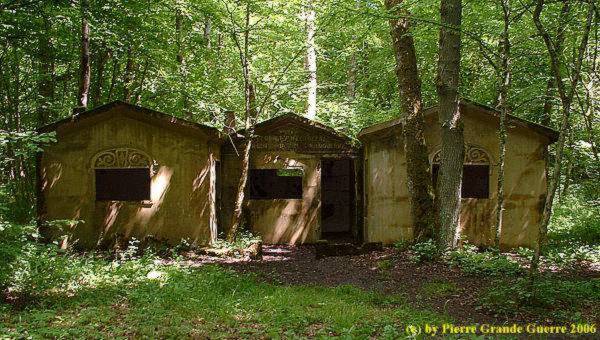
"Behind the German Lines", hidden in "le Bois d'Hingry", near Loison, at the dead-end side road of the D 14, a visit to the relics of the former German concrete factory, "Camp Marguerre".
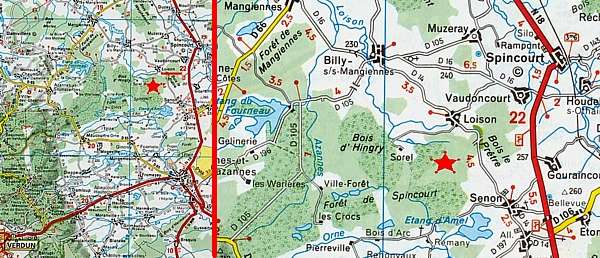
In the hamlet of Loison we follow this sign.
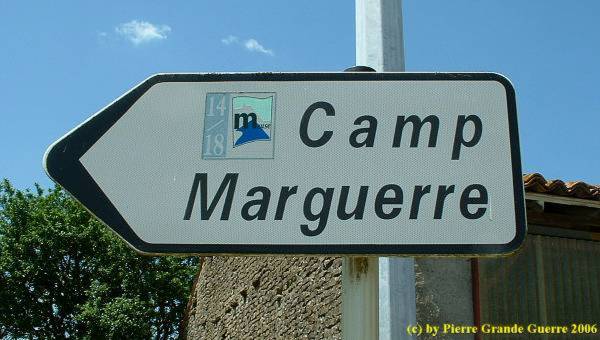
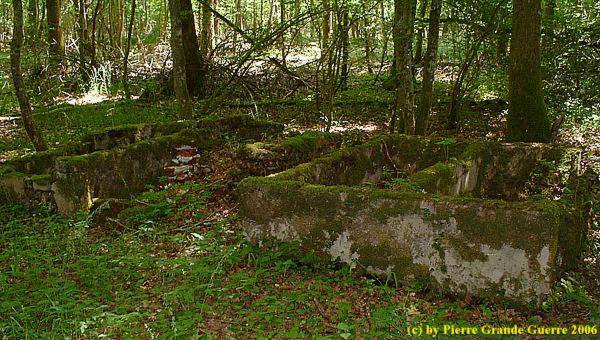
... and concrete ruins of an encampment.
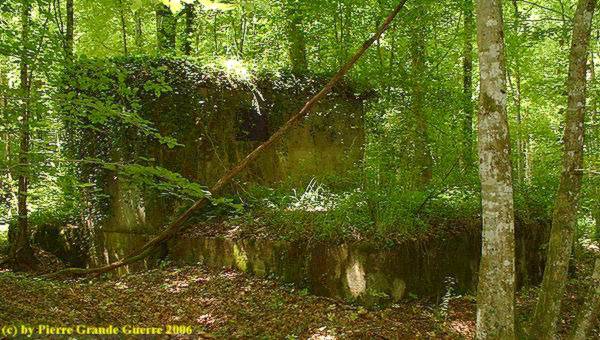
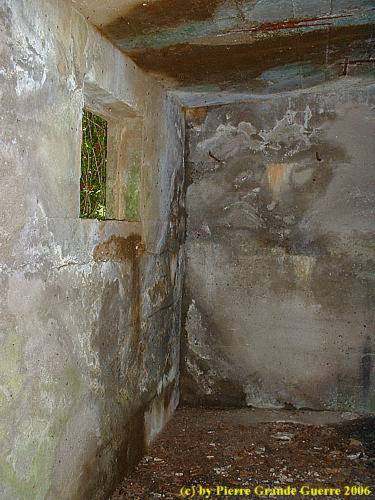
In these concrete bungalows there are shafts.

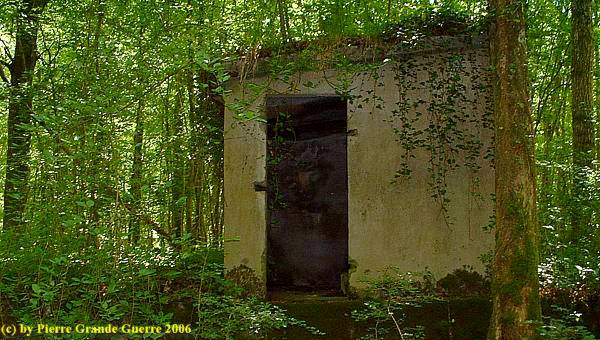
Behind the lines, and covered by the wood, ...
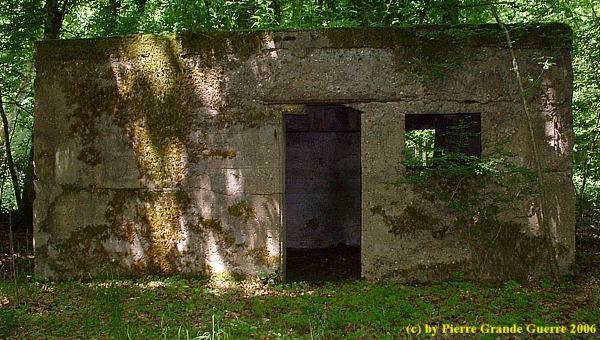
... the encampment has served ...
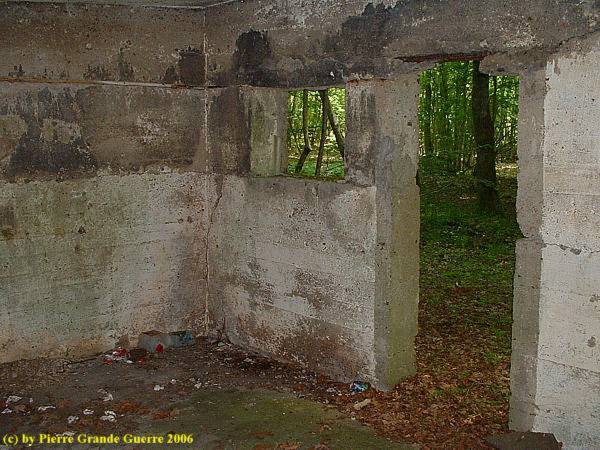
... as a halting place for the German troops to and from the front.

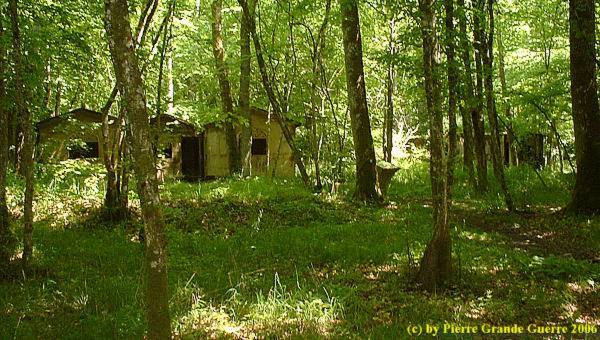
About Camp Marguerre
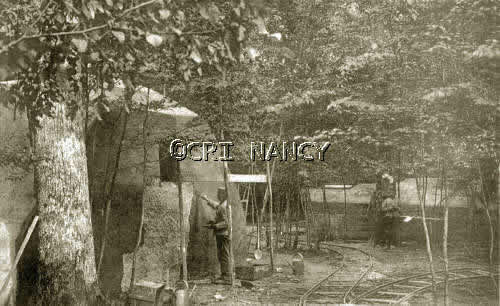
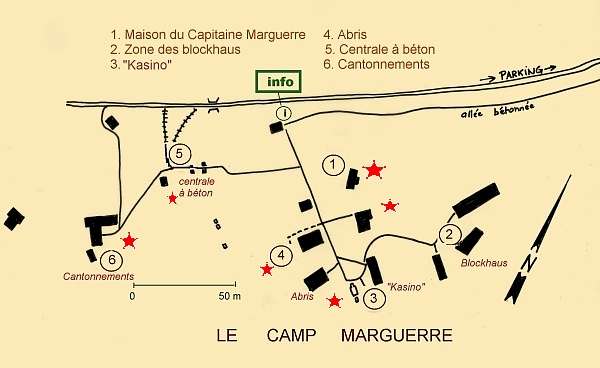
We start at marker 5, the relics of the concrete factory.
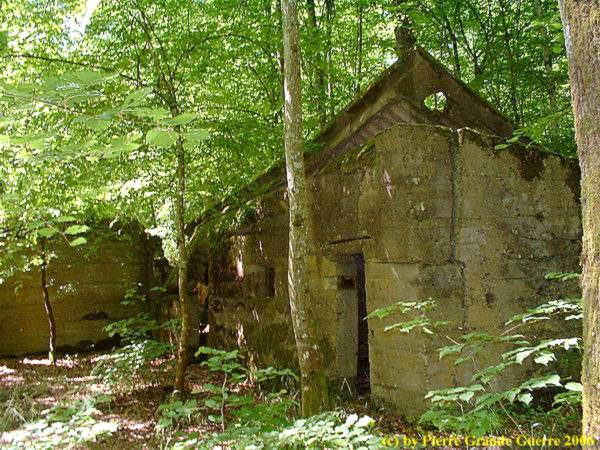
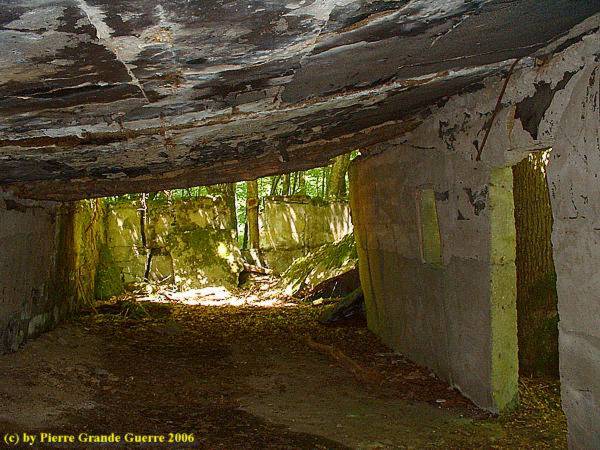
The ruines of the quarters for the concrete workers.
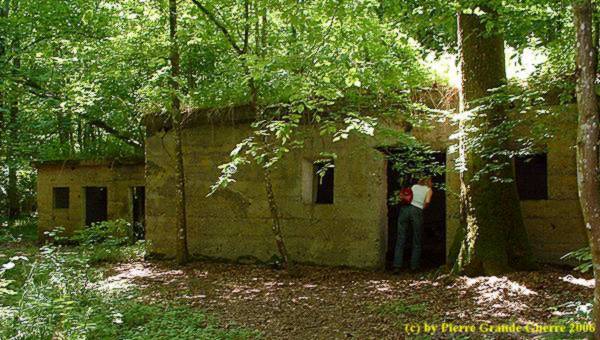
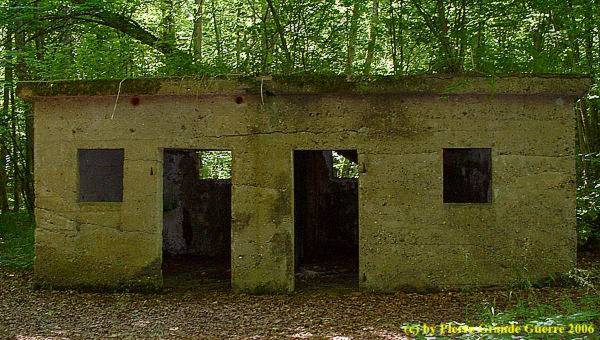
... but the purpose of this factory was deadly serious.
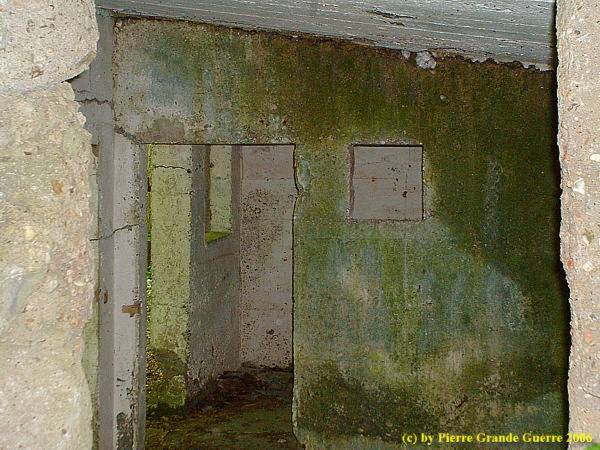
A concrete guard post along the main path.
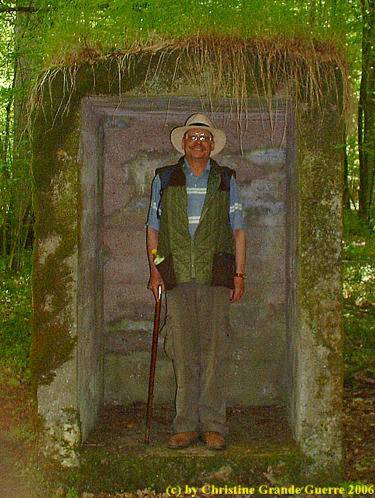
At marker 3, the spot called "Kasino" bunkers meant for leisure of the officers and soldiers.
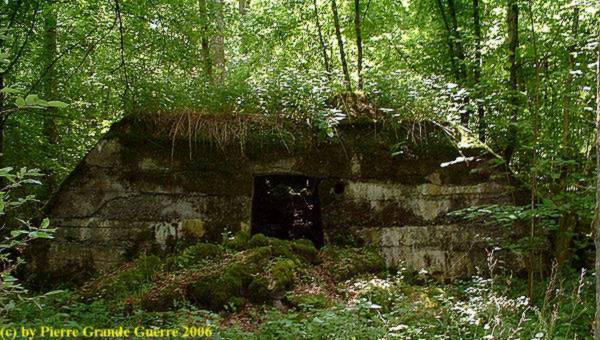
The interior of the bunker.
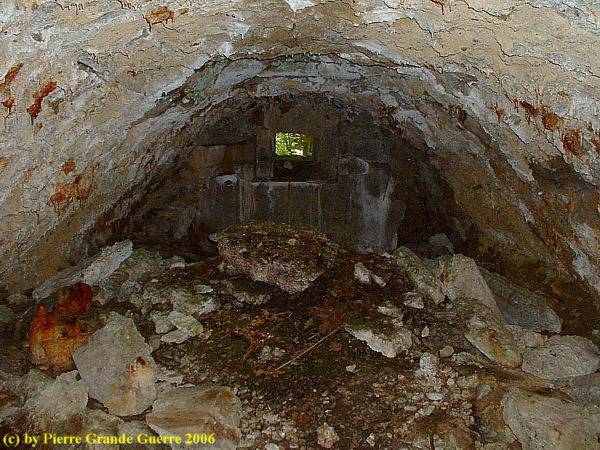
The exterior of the eastern bunker.
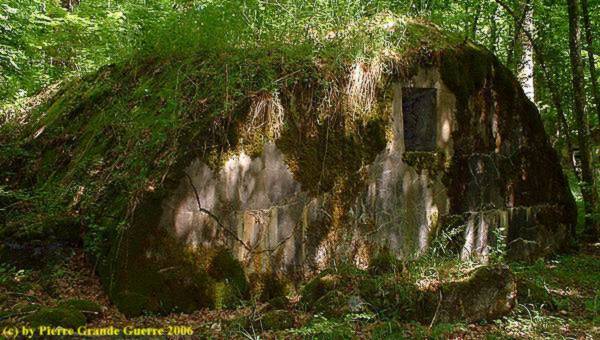
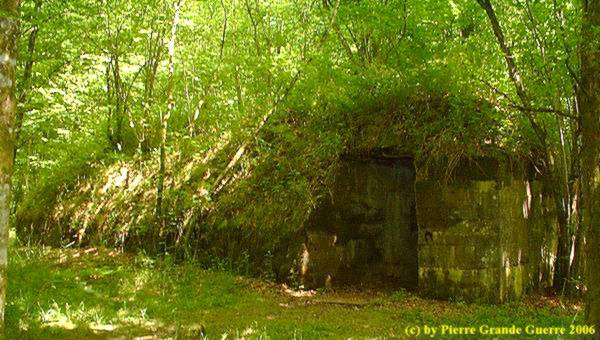

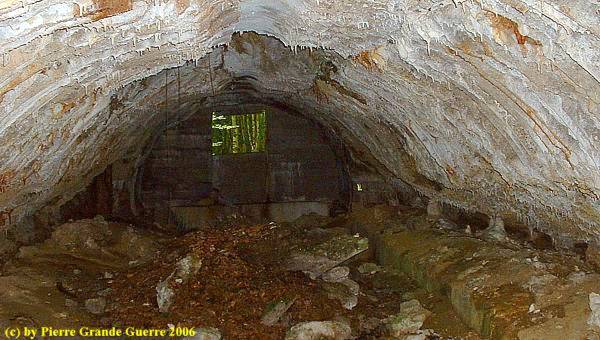
... and the northern bunker.
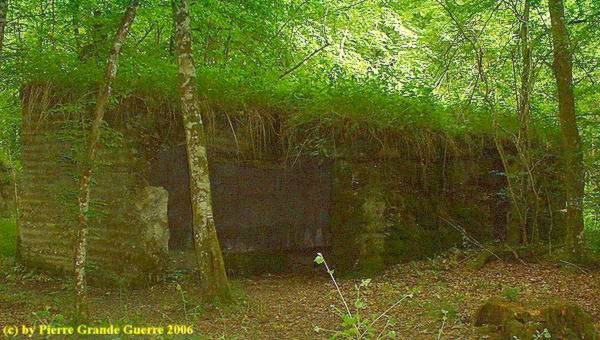
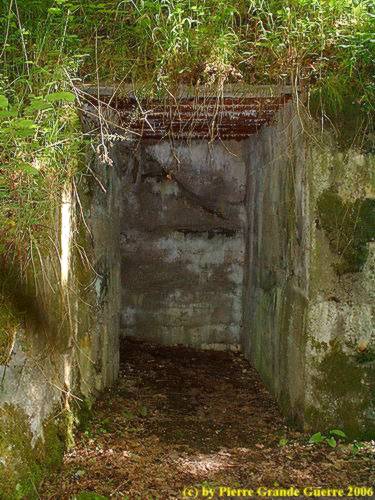
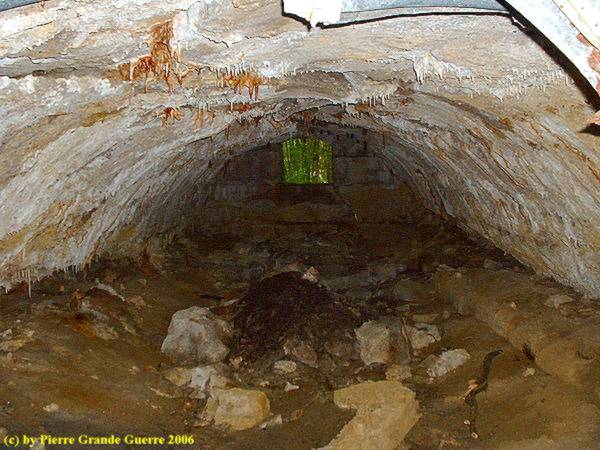
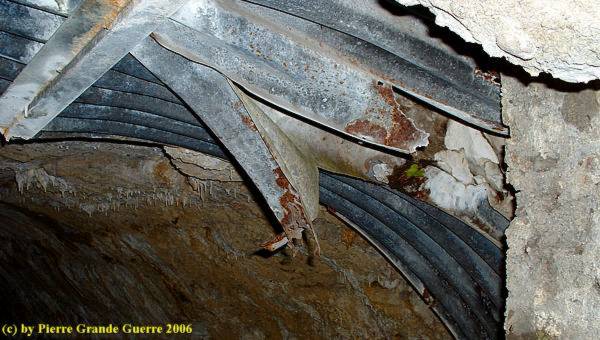
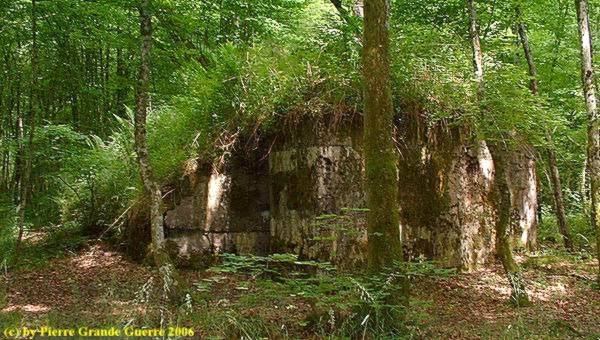
We continue to some well decorated bungalows.
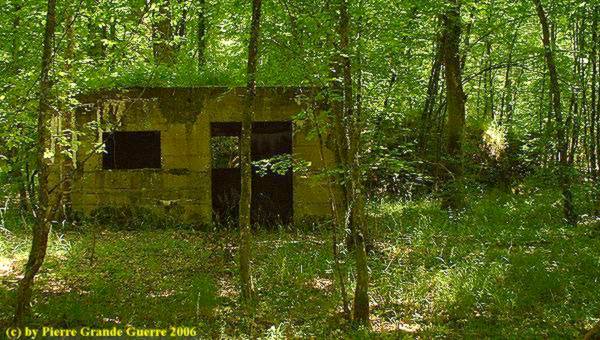
At Marker 4 we discover these bungalows for officers.
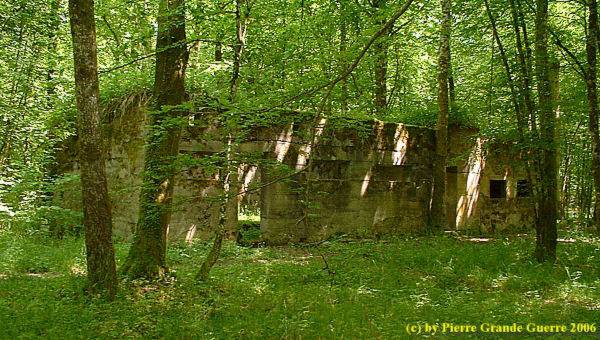
Interior: on the walls we detect meticulously handpainted ornaments.
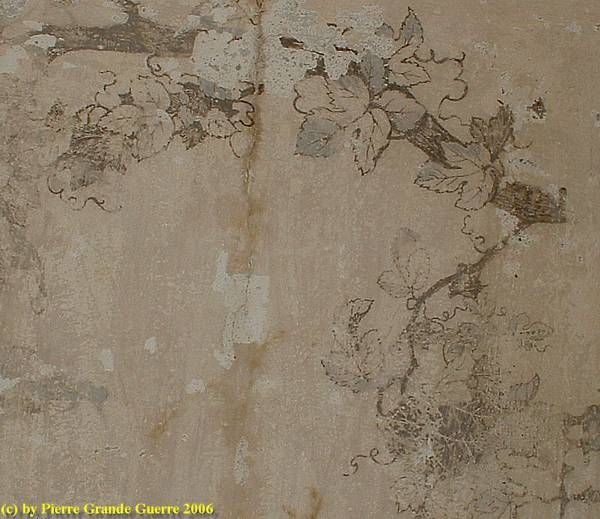
And of course the German slogan: "Grüss Gott".

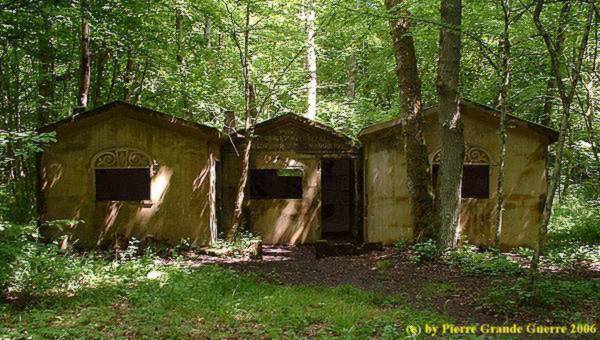
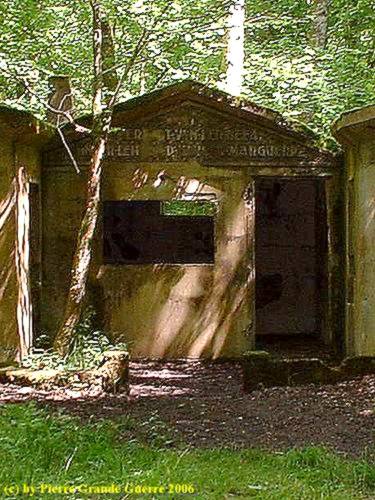
| " ERBAUT VON DER BEFA
UNTER LEITUNG DER HPTMN. H. MARGUERRE
".
|
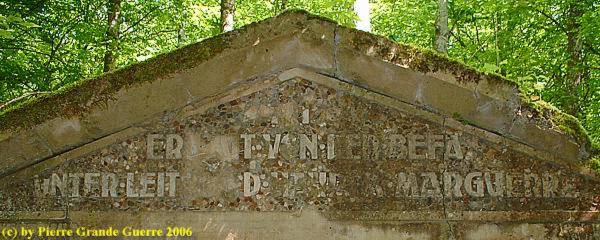
The windows are meticulously carved out ..
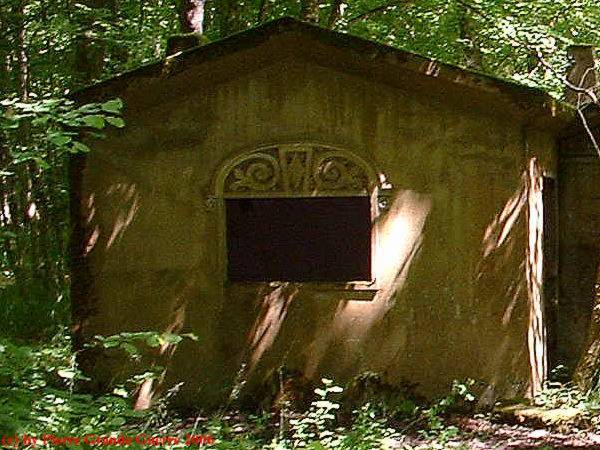
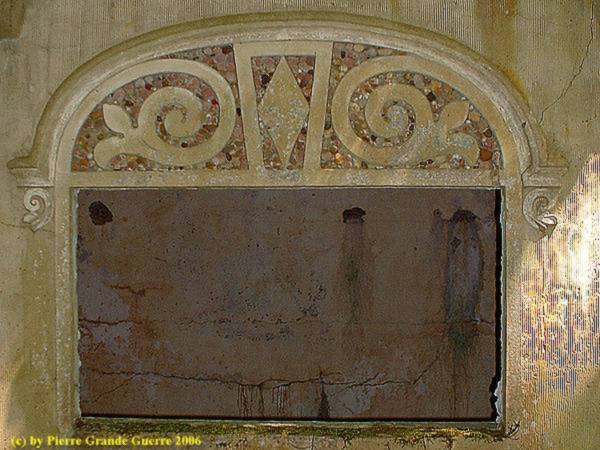
The window at the right side.
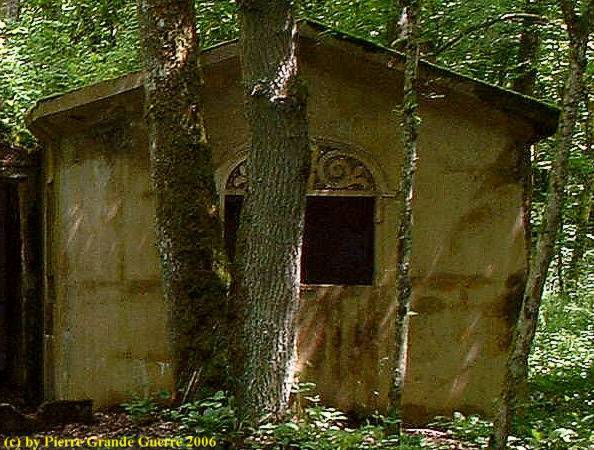
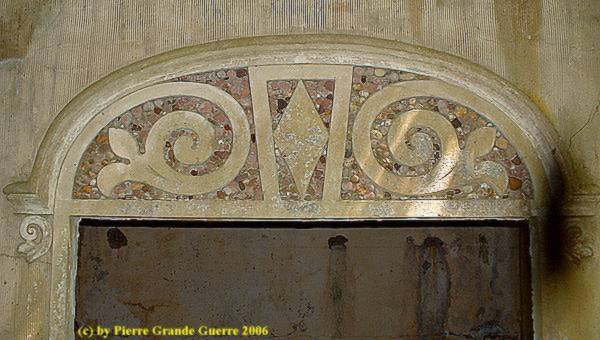
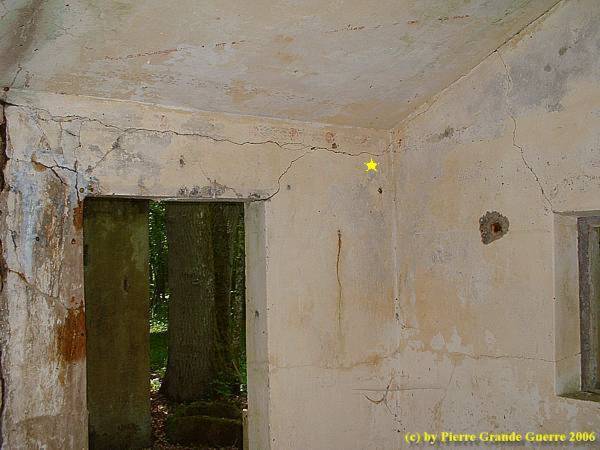
... like these romantic roses, ....
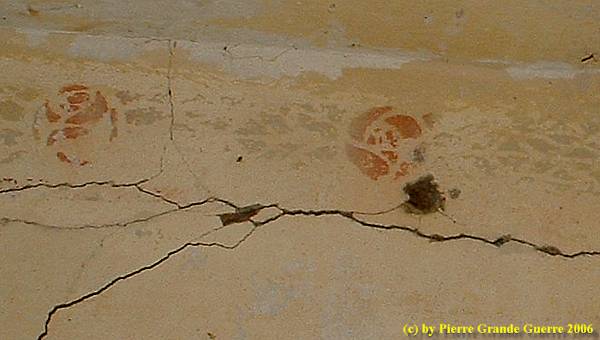
... silent witnesses of a rather comfortable life, ...
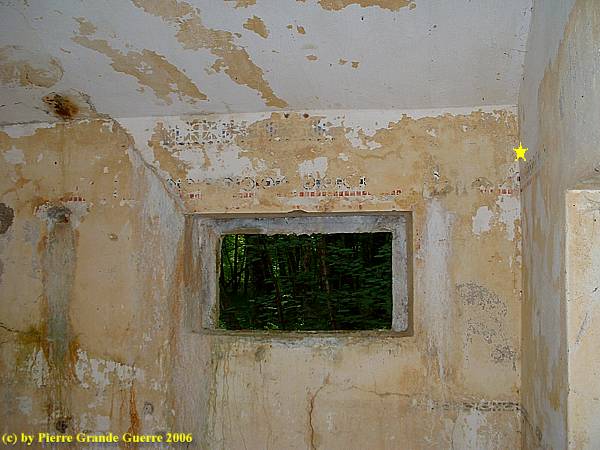
... considering the circumstances along the front.
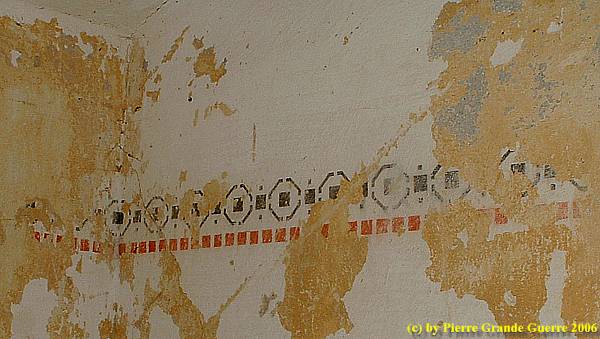
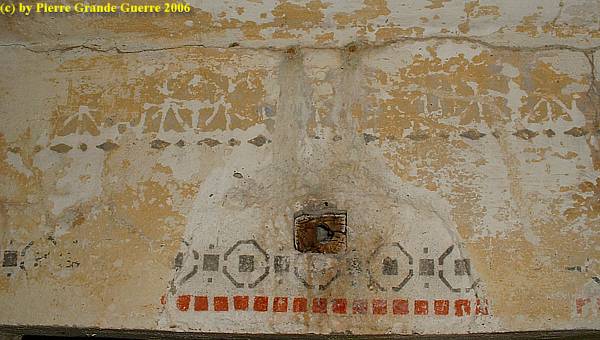
With a last view...
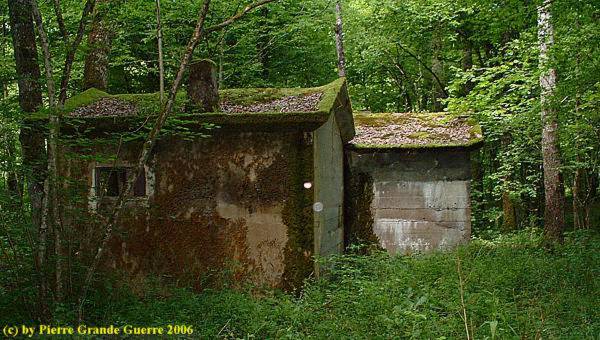
... at Hauptmann Marguerre's comfortable bungalows, ...











